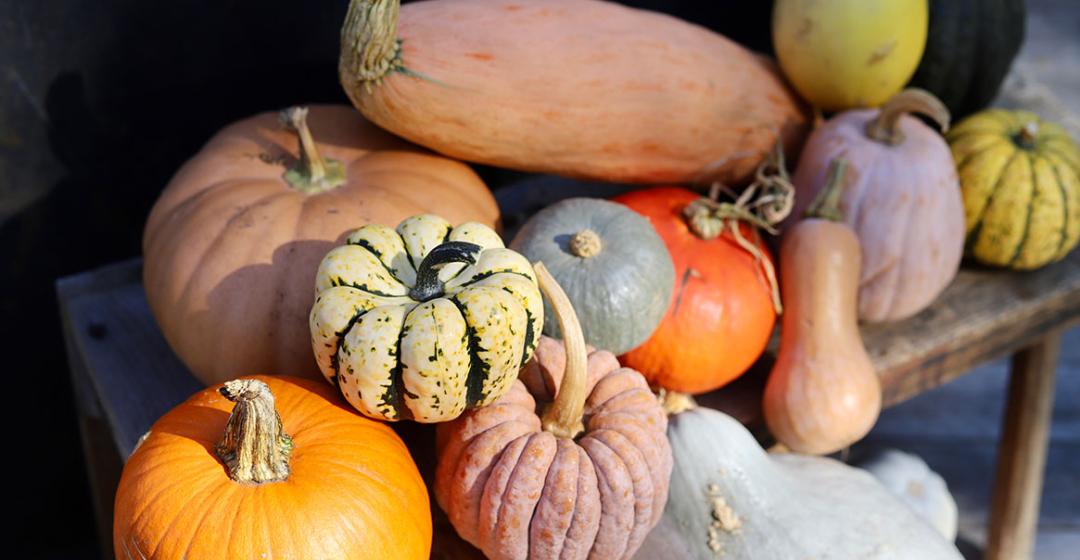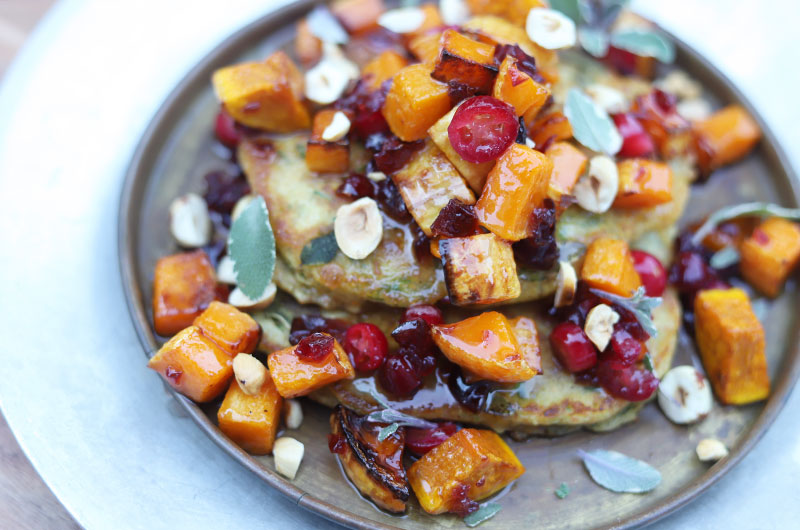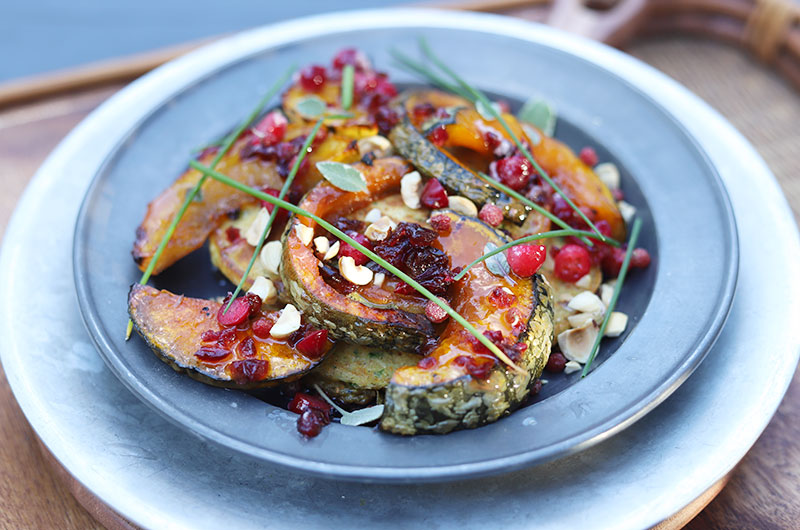Eels. I’ll just leave that right there. Eels will not be on my Thanksgiving table, 400th anniversary or not. Nor will I be serving them as a Christmas canapé or a New Year’s nibble. Not that there’s anything wrong with them. Smoked, sushi-ed, grilled, fried. Um, jellied? (It’s a British thing.) All good. For anyone but me.
What’s more, my archery skills are too rusty to nab even one of our so-called “wild” turkeys or geese, let alone a deer. So when the idea was floated that it might be fun to create a recipe using ingredients that were part of the first Thanksgiving meal in 1621, to complement the two stories in this issue that reference that arrival of English colonists at Plymouth (see here and here), I quickly panicked. Then I thought, “What about a duck?” Yes, duck! I could hunt the grocery store for this most tasty of fowl.
No duck. Supply chain issues. Not as bad as the supply chain issues on first-Thanksgiving-era favorite passenger pigeons, mind you, but I’ll have to get back to you on ducks at another time.
That left the vegetables, which everyone who knows me knows that it suits me just fine. As a farmer, I’ve always been fascinated by the Native American trio of crops known as the three sisters – corn, beans, and squash – and of the wisdom of growing these plants together. The bean vines use the corn (or maize) stalks for support while lending nitrogen to the soil that feeds the hungry corn and squash. The squash plants spread their shady canopy of leaves around the base of the corn to keep the soil moist.
The Wampanoags would have introduced the Pilgrims to the three sisters, an agricultural practice likely as old as the domestication of beans in the Americas between four and seven thousand years ago. No three archaeologists can agree on exactly when and how fast agriculture spread from its origins primarily in Central America. But suffice it to say that squash came first, about 12,000 years ago. It was followed by maize a few thousand years later, and finally by beans. The development of ever hardier varieties, presumably by women, allowed the practice to spread. By the fifteenth century the cultivation of the three sisters was common throughout the midwestern river valleys and temperate coastal regions of North America.
All three vegetables were considered sacred, each a gift from the Great Spirit. Beans were eaten young and fresh and shelled and dried. The corn or maize grown was flint corn, left on the stalk until dry and then ground to make corn flour. Squashes and pumpkins were often cut into pieces and dried for the winter, but they were eaten fresh, too, roasted or hollowed out for stuffing.
As I began to think about the endless ways to combine these vegetables, I put in a call to Juli Vanderhoop, a tribe member and chef/owner of the Orange Peel Bakery in Aquinnah. I was thinking to pair roasted squash with some type of corn cake. Vanderhoop confirmed for me that corn (in the form of corn flour) was often turned into corn cakes and served with chestnuts and cranberries, or other nuts and berries. (Vanderhoop has planted some chestnut trees to try to get them to grow here again, but for now, hazelnuts are an appropriate substitute since they grow wild on the Island today.) Corn flour was also turned into a type of porridge called nasaump and again garnished with nuts and berries.
Bingo, I had my recipe. I used some stone-ground cornmeal to make corn pancakes. I roasted both squash rings and squash cubes (take your pick) and tossed them in a cranberry-maple butter. I arranged the squash on the pancakes and garnished with hazelnuts. (Maple syrup may or may not have been on the Thanksgiving table. Butter, not so much. But what the heck.)
Sneaky me, not only did I have a historically friendly recipe, but one well suited to the vegetarians at a modern-day Thanksgiving table. (Guessing there were not many of those in 1621, at least not ones that made it through the winter.) To make things easier these days, the pancakes can be made and frozen ahead, then reheated. And the quick-roasting squash can go in the oven after the turkey comes out and while it is resting.
Best of all, I got a chance to play around with one of the most widely available, beautiful, and hearty Island-grown ingredients: winter squash. I am an avid collector (a.k.a. hoarder) of farm stand squash. I have been tracking the appearance of new varieties at Morning Glory, Grey Barn, Ghost Island, and other farms over the last couple of years: Robin’s koginut (a delicious cross between butternut and kabocha in a compact package), mini kabocha (nutty flavored deep-orange flesh in a single serving), and a profusion of mini butternuts. But equally fascinating are old varieties such as the banana-shaped North Georgia candy roaster and the football-sized hubbard – two great keepers that yield flavorful flesh for pies and soups.
The Japanese squashes like red kuri, full-sized kabocha, and a new (to me) variety called Tetsukabuto are some of the very best tasting squashes, in my opinion, and deeply flavorful when roasted. (Please don’t boil your squash!)
Little stripey squashes such as delicata, sweet dumpling, and sweet sugar dumpling (even sweeter!) join acorn squash of all colors and the fascinating bumpy-ribbed Black Futsu (with skin just as edible as these other small squash) in yielding perfectly sized rings and half-rings for roasting.
The Wampanoags grew pumpkins as well, so our modern sugar pumpkins perhaps are direct descendants from ones at the Thanksgiving table. All the winter squashes are members of the Cucurbita family, which includes melons and cucumbers.
In the end I left beans out of the recipe, in part because we aren’t yet harvesting and selling many shell beans here on the Island (except in backyard gardens and among seed savers) and the fresh bean season would be passed by late November. But it would be appropriate to add mashed cooked shell beans to the corn cakes if you were so inclined.
And if none of this appeals, there’s a nifty recipe for eel stifle in the Vineyard Gazette archives. Let me know and I’m happy to share that with you.









